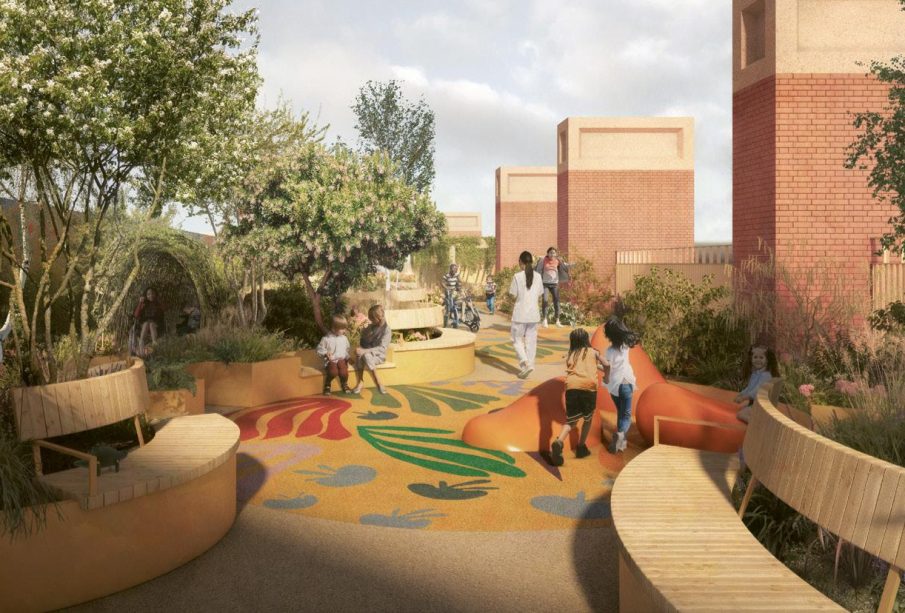The Hidden Symphony: Discovering the Profound Rhythms of Landscape Maintenance

The art and science of landscape maintenance reveals itself not merely as a routine task but as a profound dialogue between human intention and nature’s unstoppable momentum, particularly in Singapore’s uniquely accelerated tropical ecosystem. I find myself increasingly fascinated by this interplay—how a carefully maintained landscape serves as both a reflection of our desires and a canvas upon which nature continually reasserts its own patterns and preferences.
The Curious Neurology of Landscapes
In examining well-maintained gardens across Singapore, one observes something akin to a living nervous system—a network of interconnections where disturbances in one area inevitably ripple across the entire domain. A trained eye can detect these subtle patterns, much as a neurologist might discern the whispers of underlying conditions through barely perceptible tremors or hesitations.
“When I assess a landscape, I’m essentially reading its vital signs,” explains a veteran horticulturist with three decades of experience in Singapore’s gardens. “The slight yellowing of leaves in one corner might signal drainage issues affecting the entire property, while unexpected vigour in certain plants might indicate microclimatic conditions worth harnessing across the space.”
This diagnostic approach transforms landscape maintenance from mere aesthetics to something resembling botanical medicine—a practice of deeply observing, interpreting, and responding to the unspoken language of plants.
The Temporal Dimensions of Garden Care
What fascinates me most about landscape maintenance in Singapore’s context is its unique temporal rhythm, so different from temperate climates:
- Daily cycles of torrential afternoon rains followed by intense morning sunshine
- Weekly growth rates that might represent a month’s development in cooler regions
- Monthly flowering and fruiting patterns that continue year-round without dormancy
- Seasonal shifts subtly expressed through slight temperature and humidity variations
- Multi-year cycles as trees and shrubs reach maturity with remarkable speed
This compressed timescale means that landscape maintenance here exists in an almost accelerated reality—a botanical time-lapse where neglect quickly cascades into disorder, yet responsive care can yield transformative results with remarkable swiftness.
The Sensory Landscapes Within Us
There exists a peculiar and wonderful neurological phenomenon in our response to well-maintained landscapes—a cascade of physiological reactions that seems almost primordially encoded within us:
- Blood pressure measurements demonstrably decrease when subjects view orderly natural settings
- Cortisol levels show significant reduction after even brief exposure to maintained gardens
- Attention restoration occurs more effectively in spaces with balanced natural complexity
- Memory formation and recall improve in environments with rhythmic natural patterns
- Mood regulation benefits from the predictable yet ever-varying aspects of tended nature
“We’ve conducted studies measuring physiological responses to various landscape conditions,” notes a researcher specializing in environmental psychology. “The data consistently shows that humans respond most positively to landscapes that display what we call ‘ordered complexity’—natural elements arranged with discernible patterns that suggest human intention without overwhelming nature’s own character.”
The Curious Case of Singapore’s Botanical Identity
Singapore presents a particularly fascinating case study in landscape maintenance—a place where national identity has become inextricably linked with horticultural excellence:
- From “Garden City” to “City in a Garden” to “City in Nature”—each evolution representing a more sophisticated relationship with the maintained landscape
- The paradoxical embrace of both manicured perfection and managed wilderness
- The integration of maintenance considerations into the earliest stages of design
- The elevation of maintenance professionals from “gardeners” to specialized technicians
- The development of uniquely Singaporean maintenance techniques adapted to local conditions
This progression reveals something profound about how maintained nature functions as a cultural mirror, reflecting evolving values and aspirations.
The Essential Practices of Attentive Maintenance
Through careful observation of Singapore’s most successful landscape maintenance approaches, several foundational practices emerge:
- Observation before intervention—spending time simply watching how a landscape behaves
- Soil health prioritization as the foundation of all other landscape functions
- Water management that works with rather than against natural patterns
- Selective pruning that respects each plant’s natural form and growth habits
- Integrated pest management that strengthens ecosystem resilience rather than dependency
The Neuroplasticity of Gardens
Perhaps most remarkable is how maintained landscapes demonstrate something akin to neuroplasticity—the ability to adapt, learn, and respond to both challenges and opportunities:
- Plants redirecting growth patterns in response to maintenance practices
- Soil microbial communities adapting to management techniques
- Wildlife adjusting behaviours to harmonize with maintenance schedules
- Resilience developing through appropriate stress and recovery cycles
- New ecological niches emerging within the framework of maintained spaces
“What we’ve observed is that landscapes have memory,” reflects a botanical gardens supervisor. “How we maintain them today influences how they will respond tomorrow. Each intervention becomes part of the landscape’s ongoing story.”
The Future Dialogue
As Singapore continues its green journey, landscape maintenance approaches are evolving toward even greater sophistication:
- Sensor technologies providing real-time data on plant health and soil conditions
- Precision maintenance replacing calendar-based schedules with need-based interventions
- Microclimate mapping allowing for increasingly customized care regimes
- Biodiversity-focused maintenance that prioritizes ecological relationships
- Climate-adaptive strategies preparing landscapes for evolving conditions
In contemplating these landscapes—these living, breathing systems under our care—I find myself drawing parallels to how we nurture all meaningful aspects of our lives: through attentive presence, thoughtful intervention, and humble recognition of forces larger than ourselves. The gardens of Singapore, with their lush vitality and ordered abundance, stand as a testament to what becomes possible when we approach landscape maintenance as not merely a task, but as an ongoing conversation with the natural world.











